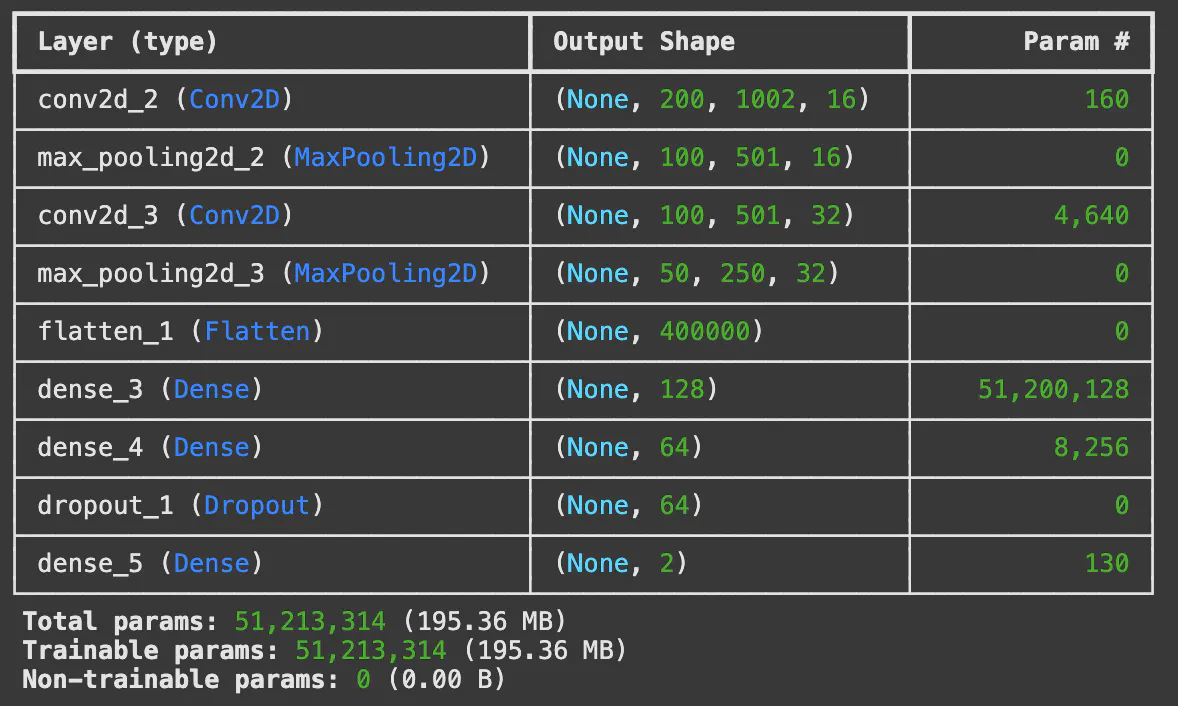Machine Learning Tutorial on Parameter Estimation of Gravitational-Wave Signals
Jun 10, 2025· ·
1 min read
·
1 min read
Andrew L. Miller
 Convolutional neural network
Convolutional neural networkOverview
- Deformed, newborn, isolated neutron stars could spin down rapidly due to the loss of energy via gravitational waves. Because mountains on newborn neutron stars are expected to be large, the spin-down is also large, of O(0.1) Hz/s. However, the rapid rate of change of the frequency implies that the mountains quickly decrease in size, meaning that the signal duration is on the order of hours-days; hence, these signals are called transient continuous gravitational waves: longer than black hole mergers, but shorter than canonical continuous waves from older, slowly spinning down neutron stars.
- In this tutorial, we show how convolutional neural networks can be applied to estimate the parameters of rapdily spinning down neutron stars, in particular its initial frequency and initial spindown,, by using time-frequency spectrograms containing a tCW signal. Machine learning represents a great avenue of approach for such signals and could potentially detect deviations in parameters with respect to standard models. Furthermore, after training, parameter estimation can be done in milliseconds,
- You can access the tutorial on google collab.